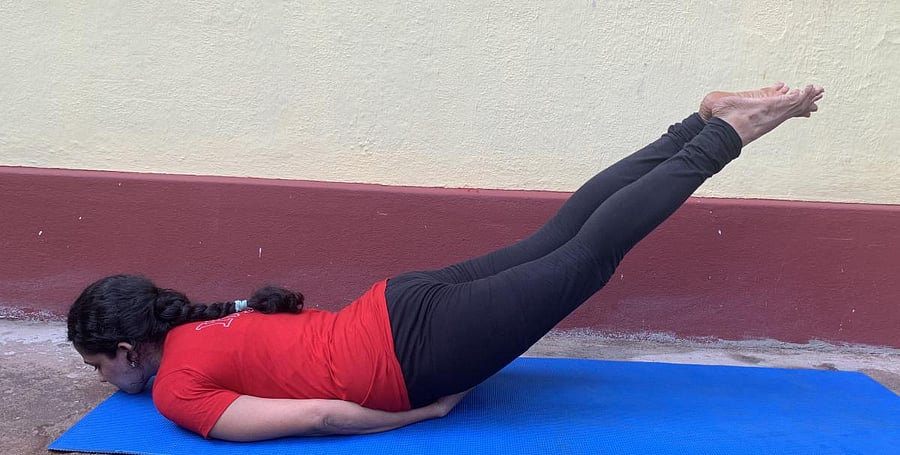Over the past few decades, the world has witnessed a shift in the epidemiology of diseases towards lifestyle-related ailments or non-communicable diseases (NCD’s). In fact, the burden of chronic diseases or NCDs such as cardiovascular ailments, diabetes, cancer, hypertension, and obesity is increasing rapidly worldwide. According to WHO, the burden of chronic diseases was 46% of the global burden of disease in 2001 and is expected to rise to 57% by 2020. According to the Indian Council of Medical Research’s (ICMR) India State-Level Disease Burden Study report, deaths attributable to NCDs have increased from 37.09% in 1990 to 61.8% in 2016.
With limited healthcare resources, paucity of doctors, pathologists, and other infrastructure, this rise will put enormous stress on the already overburdened healthcare apparatus. The silver lining to this grey cloud is the fact that NCDs are preventable and manageable, to a large extent, with appropriate lifestyle modifications. Bringing us to the important question of incorporating preventive methods into the treatment mechanisms of modern medicine.
While modern medicine has made tremendous progress in controlling infectious diseases, finding surgical solutions to difficult problems and thereby prolonging life span, it offers little on the disease prevention front. Modern medicine doesn’t offer viable solutions to achieving complete health as WHO defines. Modern drugs also come with side effects and people with chronic diseases have to regularly consume these drugs to manage their conditions. This is where the role of the ancient Indian practice of Yoga comes to the fore.
Despite being India’s most famous export to the world, Yoga’s curative and preventive potential has not been fully realized in the country of its origin. Yoga not only helps its practitioners prevent the development of a series of diseases but also allows the management of chronic conditions, helping patients reduce the intake of harmful and costly drugs. Incorporating yoga into the modern medicine system can spell a series of benefits for a country like India where major resource gaps bedevil the healthcare system. If doctors adopt yoga as part of their prescriptive approach, it will also help reduce the burden of disease.
Preventive tool
Yoga works on the principle of maintaining a healthy balance between the mind and the body. It is a holistic approach to health with an emphasis on maximizing his or her efficiency. Several studies have shown that yoga has tremendous benefits on cardiovascular health. The regular practice of Chandra Bhuedana and Anuloma-Viloma pranayama not only decreases heart rate and blood pressure but also encourages correct breathing mechanisms.
It improves strength, flexibility, balance, and relaxation. One of the major benefits of yoga is the calming of the mind and stress reduction. Stress, as we know is a major contributor to anxiety, heart disease as well as hypertension. A study published in the Journal of Arrhythmia found that yoga helped reduce symptomatic episodes of atrial fibrillation while improving the quality of life of patients. Yoga practices also have the potential of decreasing skin temperatures and respiratory rate. In extreme weather conditions, the regular practice of yoga can help in building resistance of the body.
Long duration yogic interventions helps in decreasing anxiety, improving mood and psychosomatic health. Practising yoga also helps lower blood pressure, blood cholesterol and blood glucose levels. It helps keep weight and belly fat in check, minimizing risk factors for several diseases. Yoga combined with naturopathy treatment also helps improve memory, sleep and even quality of life thereby offering a more holistic approach.
Yoga for chronic disease management
For patients living with chronic diseases such as heart disease, diabetes, chronic obstructive pulmonary disorder (COPD), cancer, arthritis, and autoimmune diseases, adjuvant use of yoga serves to reduce the severity of symptoms while allowing patients to reduce the dosage of drugs. A study published in the American Med Care Journal found that yoga training resulted in improvement of the quality of life of patients with heart disease, stroke, and COPD. Regular practice of yoga helps improve lung function in people with COPD and asthma. Practices such as Sudarshan Kriya, and diaphragmatic breathing helps reduce oxidative stress on the body and mind, thereby improving a series of health parameters. Similarly, yoga tends to have a positive impact on people with depression, anxiety and Attention-deficit/Hyperactivity Disorder (ADHD). Research conducted at Jindal Nature Institute, Bangalore found that combining yoga and naturopathy not only helped diabetic patients improve their daily blood sugar levels but also reduces their risk of cardiovascular disease. In a country that is home to almost 70 million people with diabetes, integrating their regular treatment with yoga practice can have huge health benefits.
Treating a yoga-naturopathy approach exclusive of modern medicine is doing us no good. Our healthcare system can reap rich dividends if yoga and modern medicine become allies to provide an integrated approach to healthcare. It will also play a major role in reducing the burden on limited resources of the modern medical setting in our country. It will be a boon if MBBS students are educated about the multiple benefits of yoga in different dimensions of health and start prescribing mechanisms to patients, complete with the appointment of yoga trainers in hospitals. As India strives to achieve universal health coverage by 2030, traditional and holistic care, as well as preventive care, will play a major role in reducing the burden of non-communicable diseases.
(The writer is the senior chairman of Jindal Naturecure Institute)
